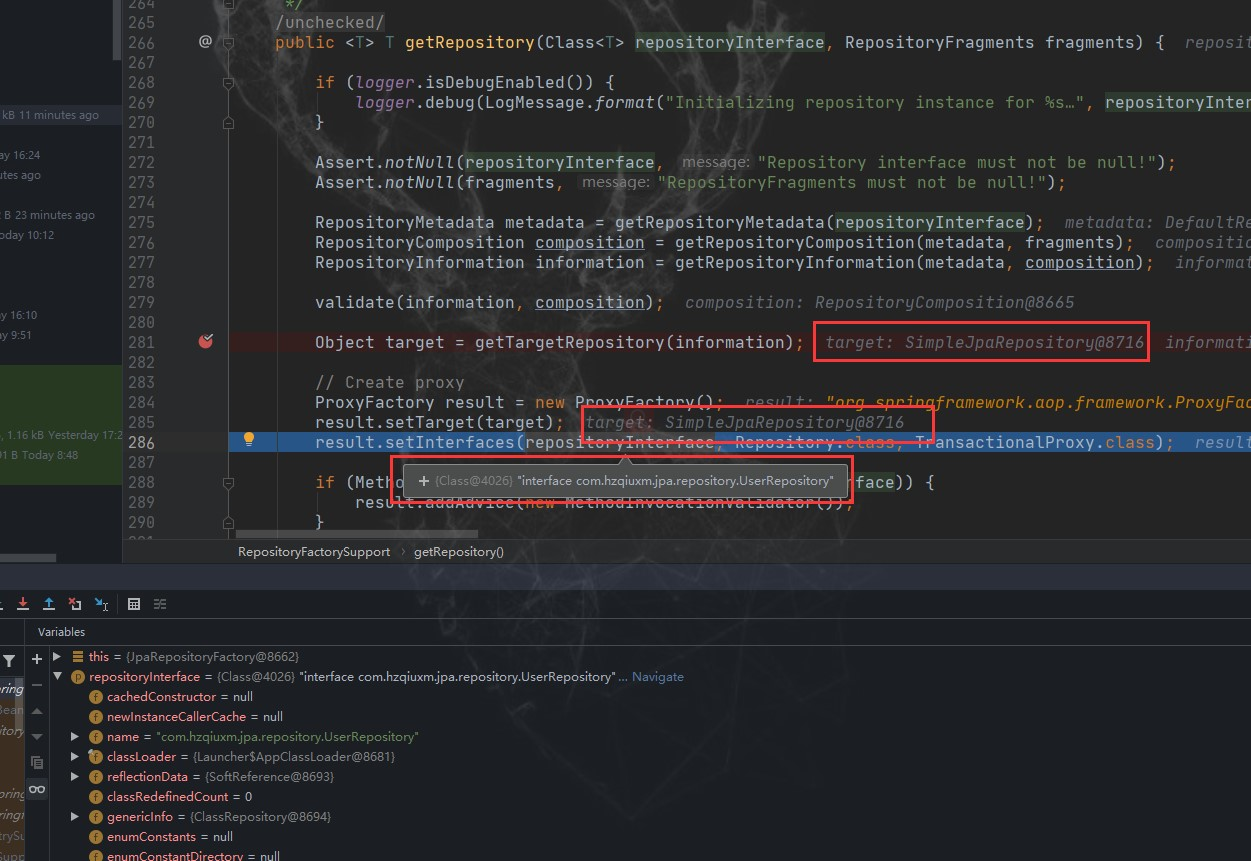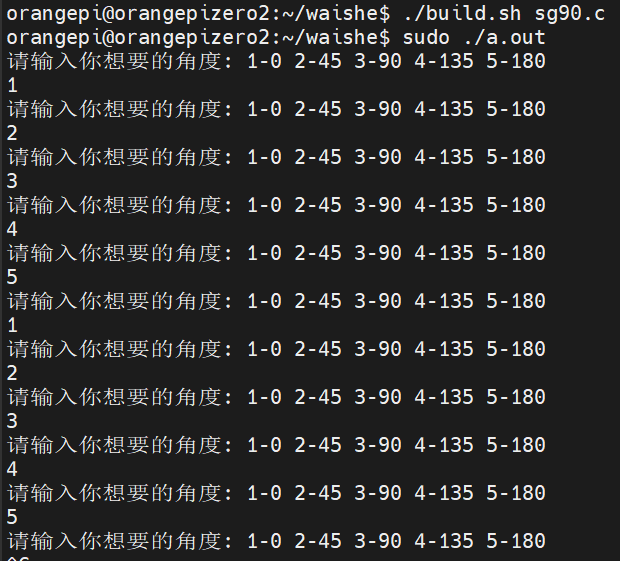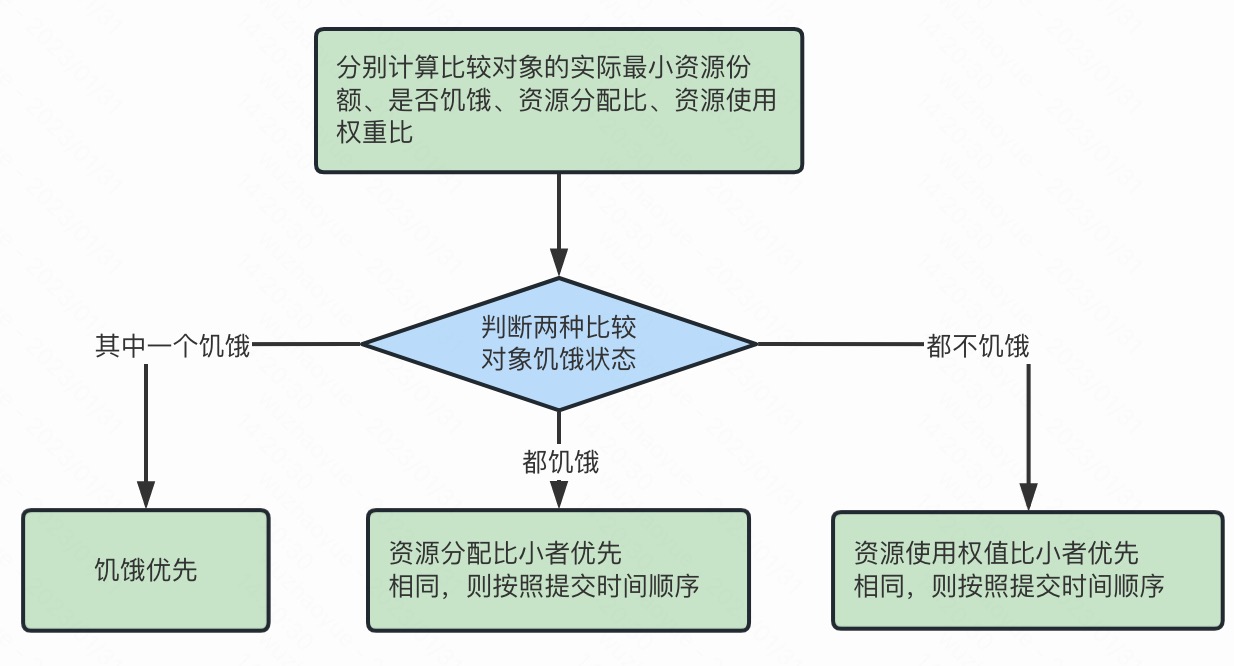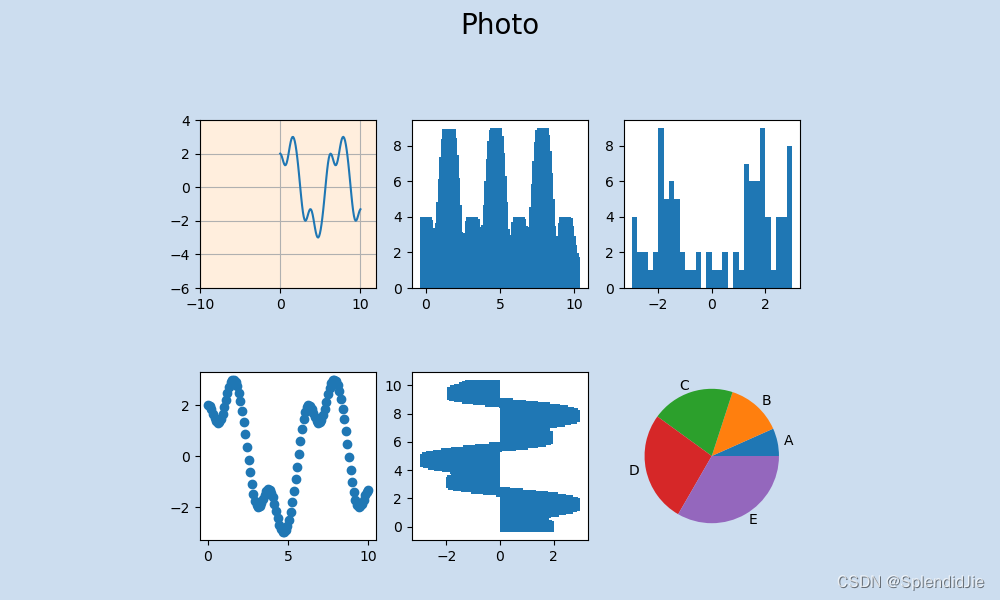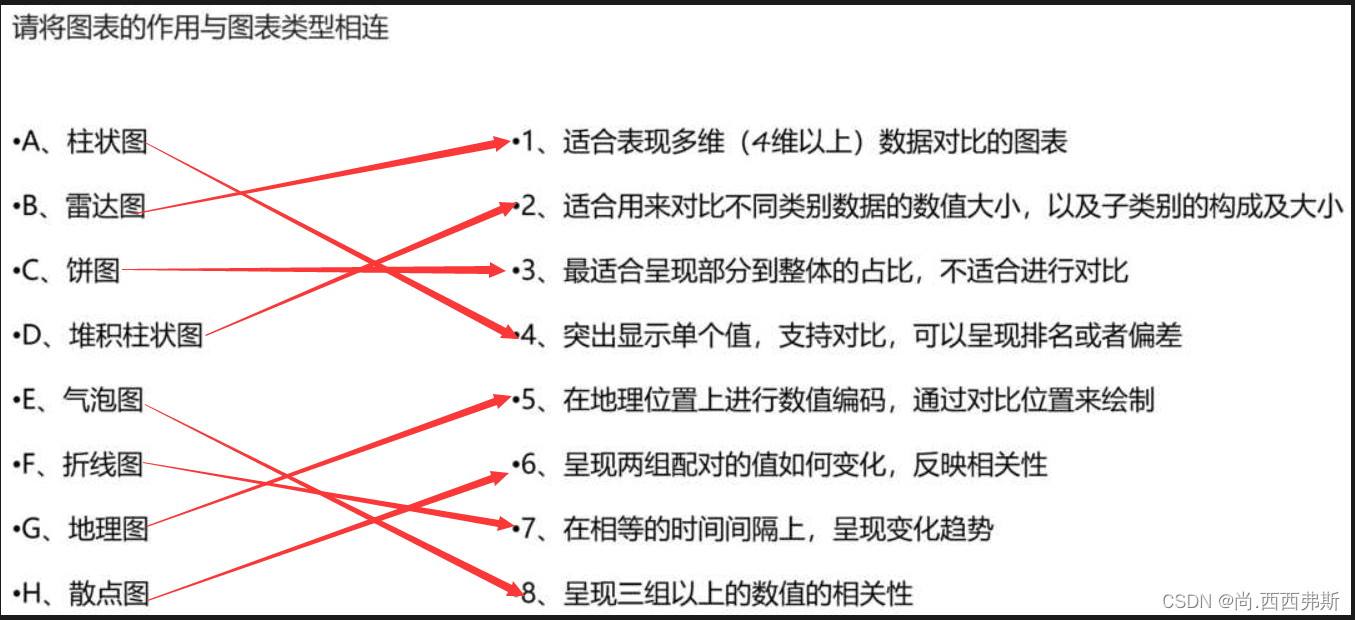HDL习题
1 阻塞型赋值‘=’与非阻塞型赋值‘<=’
阻塞型赋值
b
=
a
b=a
b=a:适用于纯组合电路
非阻塞型赋值
b
<
=
a
b<=a
b<=a:适用与时序逻辑电路
2 wire线型,assign连续赋值
wire a,b,c;
assign b = a;
assign c = a;
与编程语言不同, a s s i g n assign assign “连续赋值” 描述的是 事物之间的联系,而不是将值从a复制到b的操作。那么多个赋值语句之间不存在像C语言中的先后关系。
- AngGate
assign out = a & b;
- norGate 或非门
assign out = ~(a | b);
- xorGate 异或门 ⊕ \oplus ⊕
assign out = a ^ b;//^按位异或
- xnorGate 同或门 ⊙ \odot ⊙
assign out = ~(a ^ b);

3 vector向量[end:start]
3-1 Vectorgates
module top_module(
input wire[2:0] a,
input wire[2:0] b,
output wire[2:0] out_or_bitwise,
output wire out_or_logical,
output wire[5:0] out_not
);
assign out_or_bitwise = a | b; // 按位相或
assign out_or_logical = a || b; // 各位一次相或
assign out_not[2:0] = ~a; // 按位取反
assign out_not[5:3] = ~b;
endmodule
3-2 向量合并
例如: { 1 ′ b 1 , 1 ′ b 0 , 3 ′ b 101 } = > 5 ′ b 10101 \{1'b1, 1'b0, 3'b101\} => 5'b10101 {1′b1,1′b0,3′b101}=>5′b10101
module top_module (
input [4:0] a, b, c, d, e, f,
output [7:0] w, x, y, z );
assign {w, x, y, z} = {a, b, c, d, e, f, 2'b11};
endmodule
3-3 反转
module top_module(
input [7:0] in,
output [7:0] out
);
// 方式一
generate
genvar i;
for(i = 0;i < 8;i++)begin:conv//generate块的名为conv
assign out[i] = in[7-i];
end
endgenerate
// 方式二
always@(*)begin
for(int i = 0;i < 8;i++)begin
out[i] = in[7-i];
end
end
endmodule
3-4 复制
assign out = {{24{in[7]}}, in};
4 模块
4-1 模块移位

module top_module ( input clk, input d, output q );
wire q1,q2;
my_dff dff1(
.clk(clk),
.d(d),
.q(q1)
);
my_dff dff2(
.clk(clk),
.d(q1),
.q(q2)
);
my_dff dff3(
.clk(clk),
.d(q2),
.q(q)
);
endmodule
4-2 32位加法器

// 32位加法器由2个16位加法器组成,一个16位加法器由16个半加器组成
module top_module (
input [31:0] a,
input [31:0] b,
output [31:0] sum
);
wire cout1;
add16 add16_1(
.a(a[15:0]),
.b(b[15:0]),
.cin(1'b0),
.sum(sum[15:0]),
.cout(cout1)
);
add16 add16_2(
.a(a[31:16]),
.b(b[31:16]),
.cin(cout1),
.sum(sum[31:16]),
.cout()
);
endmodule
module add1 (
input a, b, cin,
output sum, cout );
assign {cout,sum} = a + b + cin;
endmodule
其中 assign {cout,sum} = a + b + cin; 例如四位加法器有:
a
d
e
c
=
11
,
b
d
e
c
=
13
,
a
+
b
d
e
c
=
24
a_{dec}=11,b_{dec}=13,a+b_{dec}=24
adec=11,bdec=13,a+bdec=24(
a
b
i
n
=
1011
,
b
b
i
n
=
1101
a_{bin}=1011,b_{bin}=1101
abin=1011,bbin=1101,
(
a
+
b
)
b
i
n
=
(a+b)_{bin}=
(a+b)bin=
0001
0001
0001
1000
1000
1000)
c
i
n
n
−
1
=
c
o
u
t
n
cin_{n-1}=cout_{n}
cinn−1=coutn
| 位号 | cin | a | b | cout | sum |
|---|---|---|---|---|---|
| 0 | 0 | 1 | 1 | 1 | 0 |
| 1 | 1 | 1 | 0 | 1 | 0 |
| 2 | 1 | 0 | 1 | 1 | 0 |
| 3 | 1 | 1 | 1 | 1 | 1 |
4-3 减法器
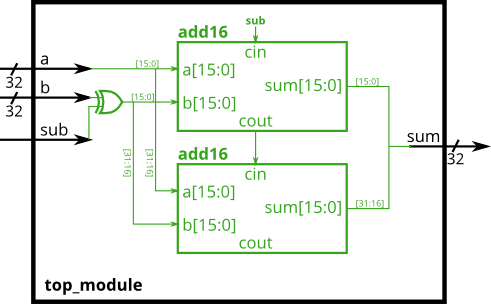
module top_module(
input [31:0] a,
input [31:0] b,
input sub,
output [31:0] sum
);
wire cout1;
wire [31:0] b_in;
assign b_in = b ^ {32{sub}}; // 异或
add16 add16_1(
.a(a[15:0]),
.b(b_in[15:0]),
.cin(sub),
.sum(sum[15:0]),
.cout(cout1)
);
add16 add16_2(
.a(a[31:16]),
.b(b_in[31:16]),
.cin(cout1),
.sum(sum[31:16]),
.cout()
);
endmodule
